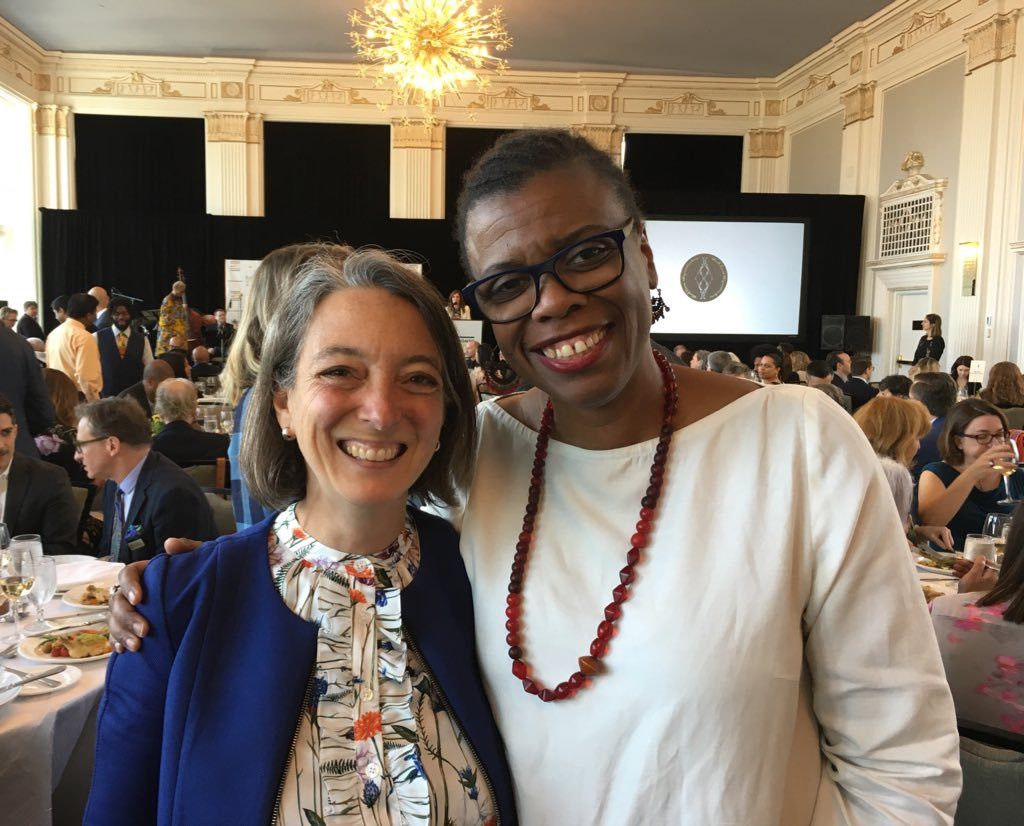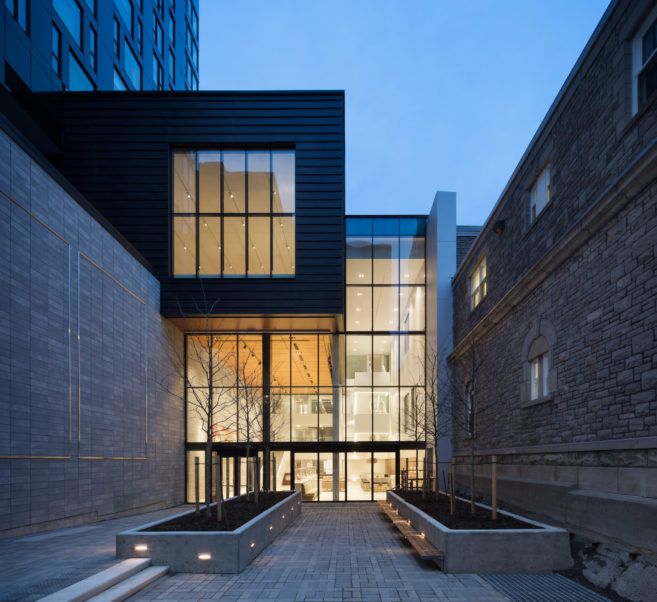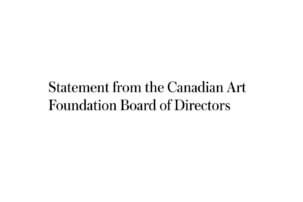The Canada Council and Canadian Heritage should collect data on gender parity of the leadership and board makeup of arts organizations. The Government of Canada should address child care as a barrier to women’s advancement in the arts. And the Department of Canadian Heritage should tie federal funding for artistic and cultural organizations to gender parity initiatives.
These are just three of the recommendations offered by Canadian MPs in a new report issued by the House of Commons Standing Committee on Canadian Heritage.
The report, titled “Gender Parity in Canadian Artistic and Cultural Organizations,” draws upon interviews, testimony and briefings from representatives of more than a dozen arts organizations in Canada. Among those offering evidence to the committee were Ottawa Art Gallery CEO Alexandra Badzak, Art Toronto director Susannah Rosenstock, Museum of Contemporary Art board chair Julia Ouellette, and Canadian Arts Coalition co-chair Kate Cornell. The committee that authored the report is chaired by Toronto-Danforth MP Julie Dabrusin.
The Canadian Arts Coalition brief pointed out that although women “represent 51% of artists and 50% of cultural workers, they represent only 25% of artistic directors.”
“The pool of female talent is growing,” Ouellette told the committee, “but…systemic barriers still limit them in getting the top jobs.”
Badzak noted there are few women in top positions at big galleries. According to the report, she said they earn “20% less than their male counterparts, proving that there is a ‘glass ceiling in major institutions.’

 MP Julie Dabrusin, at left, is chair of the Standing Committee on Canadian Heritage, which just released a report on the need for more gender parity in Canada’s arts leadership. Gaetane Verna, at right, is director of the Power Plant in Toronto. Photo: Twitter / @juiledabrusin.
MP Julie Dabrusin, at left, is chair of the Standing Committee on Canadian Heritage, which just released a report on the need for more gender parity in Canada’s arts leadership. Gaetane Verna, at right, is director of the Power Plant in Toronto. Photo: Twitter / @juiledabrusin.





